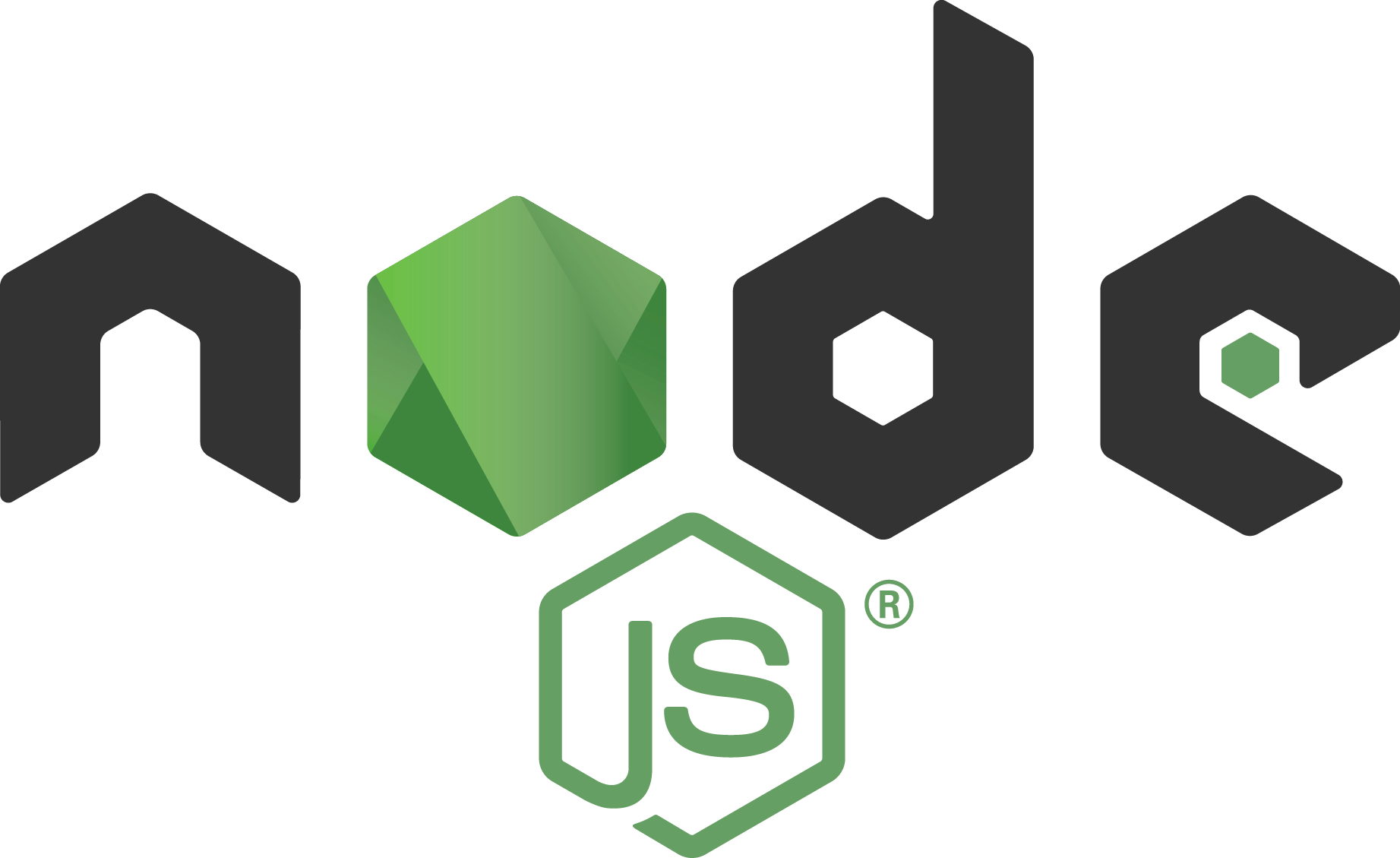So you want to learn web development...
If so, here's what to expect. It doesn't take much to get started, and it's fun, but if you want to really get good at it, there's a lot to learn. Whether you're just testing the waters or are just itching to learn enough to become a web designer or developer, this is where you'll find a comprehensive and easy to understand guide for beginners, and reference material for professionals.
Jump right in!
We're going to start with the basic, most useful, and practical information in each language, with more detailed information that builds on top of what you've already learned. You will also get to see how this information is used in practical applications. Let's get started! Click on a logo to pick a language! You can start from first to last, or you can skip ahead if you're already familiar with the topic or just want a peek. It's up to you! Please note that the site is constantly undergoing construction, so there may be missing and incomplete content. Have fun!
Front End
The standard markup language for creating web pages and web applications. With Cascading Style Sheets (CSS) and JavaScript it forms a triad of cornerstone technologies for the World Wide Web. - Wikipedia
While HTML is used to define the structure and semantics of your content, CSS is used to style it and lay it out. So for example, you can use CSS to alter the font, color, size, and spacing of your content, split it into multiple columns, or add animations and other decorative features. - MDN Web Docs
An easy to learn and also powerful scripting language, widely used for controlling web page behaviour. - MDN Web Docs
A lightweight data-interchange format. It is easy for humans to read and write. It is easy for machines to parse and generate. - json.org
A web-based image format designed for effciency. Images are defined by code and generated by the browser, which makes them scalable with crisp detail0.
Angular (also known as "Angular 2+" or "Angular 2") is a TypeScript-based open-source front-end web application platform led by the Angular Team at Google and by a community of individuals and corporations. - Wikipedia
React is a JavaScript library that makes it painless to create interactive UIs. Design simple views for each state in your application, and React will efficiently update and render just the right components when your data changes. - reactjs.org
Back End
A minimal and flexible Node.js web application framework that provides a robust set of features for web and mobile applications. - expressjs.com
ASP.NET CORE
Microsoft: Learn about building Web apps with ASP.NET Core
C#ASP.NET CORE
Dash



